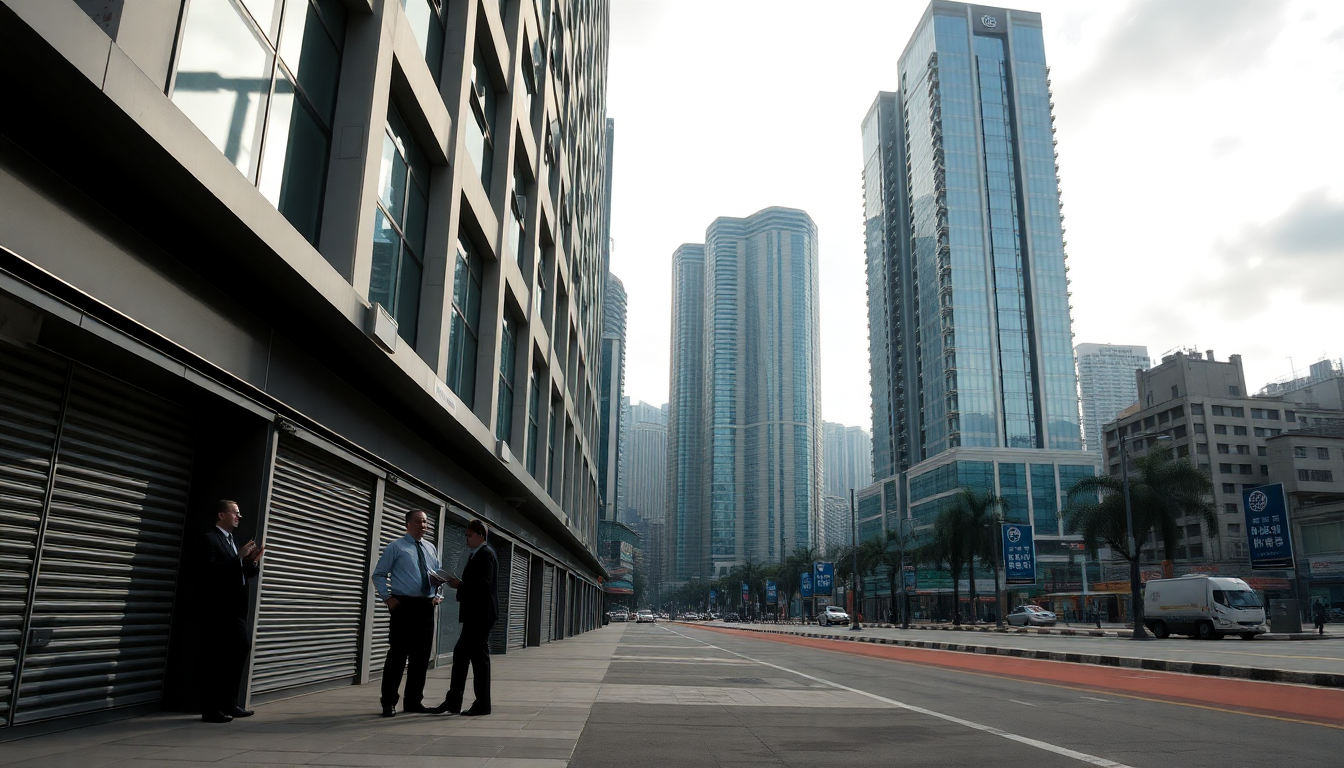Table of Contents
The commercial real estate scene in Hong Kong is facing some tough times, and you might be wondering what that means for everyone involved. With vacancy rates hitting a staggering 11.8% by the end of 2024, it’s clear that the market is going through a significant transformation.
This shift brings up critical questions for both landlords and tenants as they navigate these new challenges. How will they adapt? What strategies will emerge to tackle rising rental pressures?
What’s Happening in Hong Kong’s Commercial Real Estate Market?
Historically, Hong Kong’s commercial property market has been synonymous with high demand and even higher rents. But recent trends have turned that narrative on its head. Those record-high vacancy rates mean many commercial spaces are sitting empty, which is far from ideal.
So, what’s the move for landlords now? Should they hold out for those sky-high rents of the past, or should they rethink their approach based on today’s market realities? The data suggests it’s time to adapt, as ignoring these changes could lead to serious financial repercussions.
Take the hospitality sector, for example. High rents are forcing restaurants to make tough choices, often resulting in cramped spaces that can detract from the dining experience. Meanwhile, cities like Shenzhen are stepping up their game with spacious, stand-alone facilities for dining, putting pressure on Hong Kong establishments to rethink their setups.
How can local businesses compete?
The Impact on Landlords and Tenants
With the market evolving, landlords are facing the tough truth of rising vacancies and dwindling demand. Sticking to old strategies without making adjustments can be a recipe for long-term financial headaches.
Industry experts are clear: landlords can’t just sit back and hope for a market rebound; they need to take proactive steps. Adjusting rental prices to fit current conditions isn’t just smart—it’s essential for survival.
On the flip side, tenants are feeling the heat and looking for solutions. This is where open communication comes into play. The ongoing discussions about policy responses present a golden opportunity for collaboration between landlords and tenants. By tuning into tenant concerns and adjusting rental strategies accordingly, landlords can create a more sustainable and mutually beneficial environment. Isn’t that a win-win?
Strategies for Navigating the Changing Landscape
For both landlords and tenants, keeping a pulse on market trends is crucial. Landlords might want to consider flexible rental agreements that cater to tenant needs, perhaps offering reduced rates or incentives during those tough vacancy periods. This approach not only helps keep spaces filled but also builds goodwill with tenants who are navigating these challenging times.
On the tenant side, staying nimble and adaptable is key. Seeking properties with competitive rental rates and favorable terms can give businesses a much-needed edge. Plus, opening up a line of communication with landlords can pave the way for reasonable adjustments that reflect the current market landscape. It’s all about collaboration and finding innovative solutions that benefit everyone involved.
Looking Ahead: What’s on the Horizon?
The medium-term outlook for Hong Kong’s commercial real estate market will largely depend on several factors, such as economic recovery, shifts in consumer behavior, and ongoing debates about rental policies. As businesses adjust to these new realities, we can expect a gradual change in rental rates as landlords respond to the pressures of the market.
Ultimately, the future of Hong Kong’s commercial real estate landscape hinges on how well all stakeholders can navigate these challenges together. By embracing change and fostering open dialogue, both landlords and tenants can work toward building a more resilient and sustainable property market. So, what’s your take? How do you think these changes will shape the future of commercial real estate in Hong Kong?





